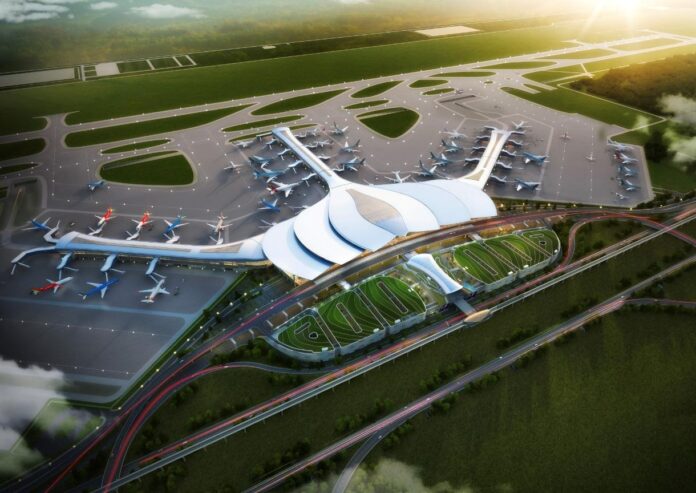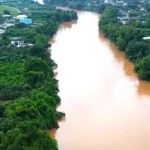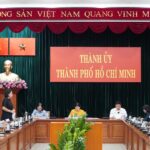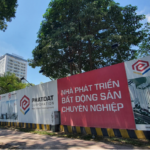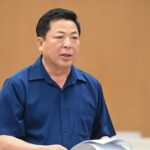The strategic linkage with Ho Chi Minh City and Binh Duong marks a pivotal step for Ba Ria-Vung Tau, integrating it into one of the most dynamic and sustainable urban ecosystems in not only Southeast Asia but also the continent.
Aspiring to be a World-Class Metropolitan Region
The newly merged Ho Chi Minh City will officially commence operations on September 15, encompassing a population of over 13.7 million people and spanning an area of 6,772.65 km². This triumvirate union transcends mere administrative amalgamation, heralding a significant shift in regional development dynamics, propelled by a harmonious infrastructure framework that propels growth in all directions.
A network of expressways, including TP. HCM-Long Thanh-Dau Giay, Bien Hoa-Vung Tau, Ben Luc-Long Thanh, and My Phuoc-Tan Van-Nhon Trach, alongside National Highways 1A, 13, and 51, as well as the 2nd, 3rd, and 4th ring roads, forge robust connectivity between these three localities.
Strategically positioned along the southeastern coastal corridor, the Cai Mep- Thi Vai deep-water port cluster assumes a pivotal role, directly linking to the Moc Bai-Ho Chi Minh City-Bien Hoa-Vung Tau economic corridor and extending further to the trans-Asian economic corridor.

Long Thanh Airport: ATAD
In the skies, the international airports of Tan Son Nhat and Long Thanh form a strategic “twin-port” duo, effectively sharing operational burdens while augmenting international connectivity. Bolstering this axis is the planned expansion of Con Dao Airport, linking to peripheral areas and enhancing accessibility for both tourism and maritime economic endeavors.
This intricate development apparatus functions akin to interlocking cogs in a newfound growth paradigm. The overarching vision is to forge Ho Chi Minh City into an international hub for finance, science and technology, innovation, and logistics, rivaling other Asian metropolises.
Vung Tau: A Growth Pole Synonymous with Seaside Tourism
In the context of reshaping the southeastern region’s developmental landscape, Vung Tau transcends its weekend getaway reputation to emerge as a holistic growth pole for tourism, entertainment, maritime economy, and high-tech industries within the expanded Ho Chi Minh City metropolis. This seaside urban center assumes a pivotal role in the region’s southeast as a strategic coastal city.
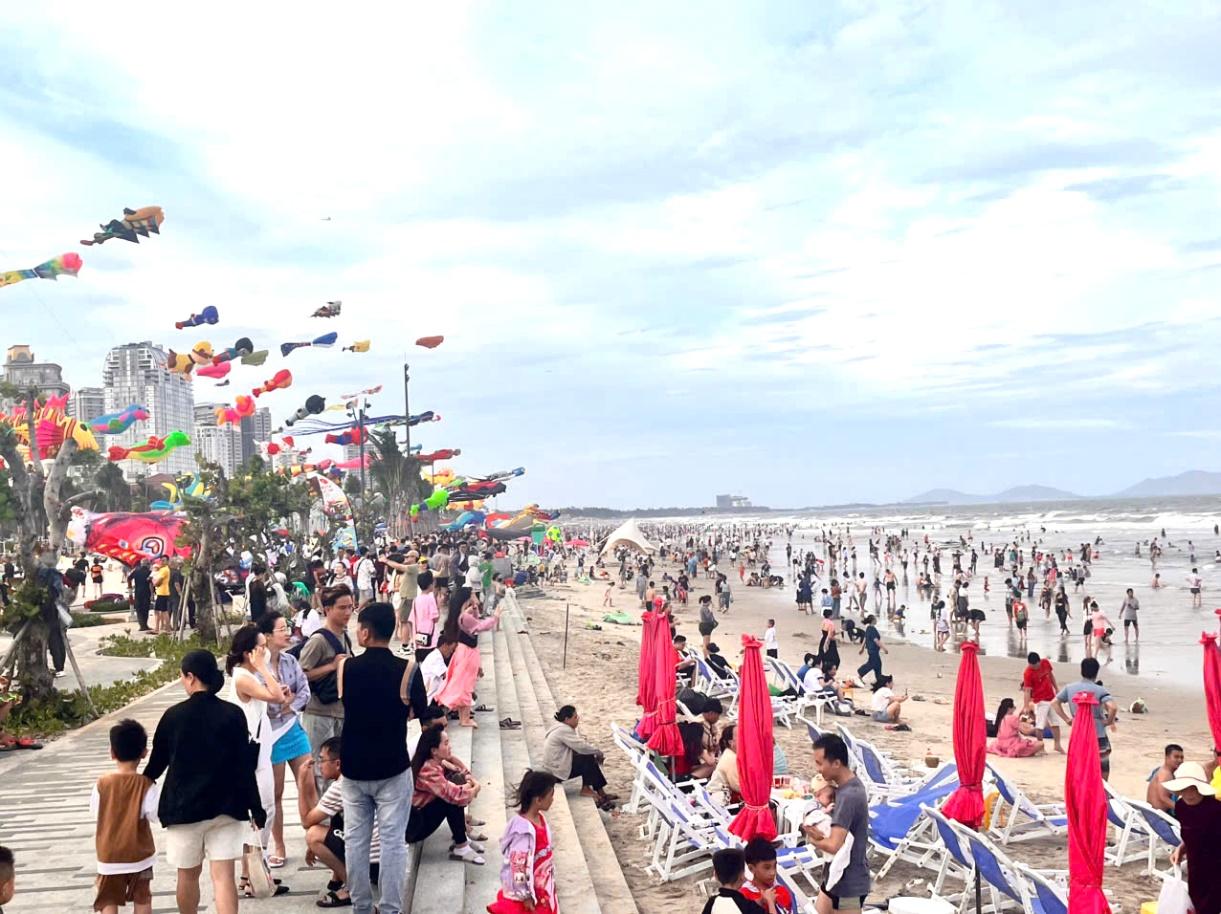
Vung Tau holds untapped potential for seaside tourism
The pinnacle of the locality’s competitive edge lies in the Cai Mep- Thi Vai deep-water port cluster, one of only 19 ports globally capable of accommodating vessels exceeding 200,000 DWT. Amid the competitive landscape in Southeast Asia to recapture global logistics flows, this port complex, in conjunction with the forthcoming Can Gio international port, could forge an entirely new international port system. This system would be capable of going head-to-head with Singapore’s port, especially if Thailand’s Kra Canal comes to fruition.
Beyond its role in cargo transshipment, Vung Tau is poised to transcend its erstwhile status as a peripheral tourist city. With the completion of expressways such as Bien Hoa-Vung Tau, the 3rd Ring Road, Long Thanh-Ben Luc, and the Long Thanh international airport, which will serve 100 million passengers annually, accessibility to Vung Tau from Ho Chi Minh City, Binh Duong, and Dong Nai will be vastly improved.
Infrastructure Impetus and a Golden Opportunity for Real Estate Investment
The amalgamation of the midlands of Binh Duong, the coastal expanse of Ba Ria-Vung Tau, and the urban core of Ho Chi Minh City, inclusive of Can Gio’s mangrove forest ecosystem, yields a holistic and balanced development paradigm. The expanded Ho Chi Minh City will boast ample land resources, conducive to the evolution of high-tech industries, modern urban landscapes, resort tourism, and, most notably, the maritime economy.
“Speaking of Vung Tau, I believe it is a very unique and rare locality in Vietnam. Vung Tau is situated on a peninsula flanked by the sea on three sides, endowed with a distinctive topography that encompasses Nui Lon, Nui Nho, Bai Truoc, and Bai Sau… I am confident that the potential for real estate development, particularly tourism-oriented projects in the Vung Tau-Ho Chi Minh City axis, is immense,” asserted a specialist.
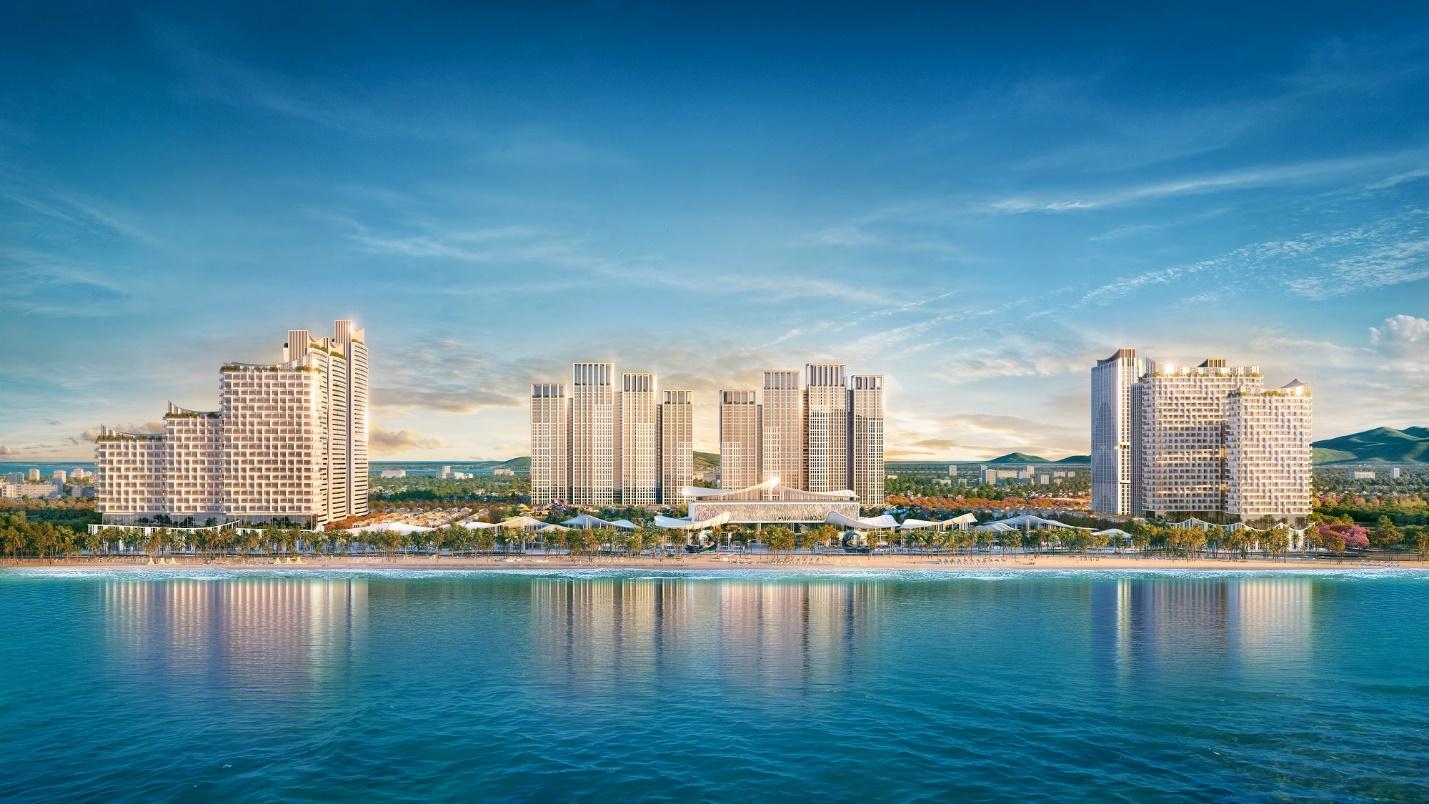
“The White City” Blanca City in Bai Sau is a catalytic tourism-oriented urban project for Vung Tau
This city is poised to emerge as a global destination, hosting a constellation of international hotels, upscale resorts, smart coastal cities, and a high-tech park dedicated to maritime economics, renewable energy, logistics, and tourism. This optimistic economic portrait is underscored by the province’s performance in the first five months of 2025, attracting 73 new investment projects totaling nearly VND 100,000 billion in capital, including over USD 4 billion in FDI.
Among the influx of investments, several projects have swiftly commenced construction, including the nearly 37,000 billion VND Blanca City project, spanning 96.6 hectares. Strategically located along the 3rd February Boulevard, adjacent to Bai Sau, Vung Tau’s most vibrant and picturesque beach, Blanca City embodies an “all-in-one” development philosophy, encompassing three pillars: living, resorting, and entertaining. Its architectural inspiration stems from the cultural confluence of East and West, earning it the moniker “The White City by the Ocean.” The project’s centerpiece is the nearly 15-hectare Sun World Vung Tau water park.

The upcoming Sun World water park in Vung Tau will feature 20 thrilling rides
The influx of investment capital into Vung Tau not only reflects the confidence of prominent real estate developers but also underscores a palpable reality: the market is undergoing a robust repositioning in terms of stature, value, and growth trajectory. Amid the dwindling land reserves in Ho Chi Minh City and soaring land prices in peripheral areas like Thu Duc, Vung Tau emerges as an attractive “value haven,” where potential vastly outstrips current valuations.
As the coastal city sheds its former image of infrastructural remoteness and connectivity bottlenecks, the real estate market is poised to enter a protracted growth cycle, attracting a diverse array of buyers, from genuine homeowners and tourism-oriented investors to individual and institutional investors.
The Privé: The Ultimate Choice for Thu Thiem’s Elite
As Thu Thiem solidifies its position as Vietnam’s international financial hub, it attracts not only high-quality capital from across the globe but also becomes a magnet for the financial elite – the masterminds behind large corporations, institutions, and investment funds.
The Scenic Be River Road: Connecting Binh Duong with Three Eastern Provinces
The Be River route, spanning a length of approximately 45 kilometers through Phu Giao and Bac Tan Uyen districts in Binh Duong province, forms a vital link between three provinces: Binh Duong, Binh Phuoc, and Dong Nai. This engineering marvel not only facilitates seamless trade and transportation of goods between these locales but also boosts their tourism potential, showcasing the regions’ natural beauty and scenic attractions.
The Heir Apparent to Phat Dat’s Throne Seeks to Offload His PDR Shares
“Mr. Nguyen Tan Danh offloads his entire holding of 3.4 million PDR shares in Phat Dat Real Estate Development Corporation to meet personal requirements. “
The Master Plan: Unveiling the First Phase of HCMC’s Belt Road with a Whopping Investment of VND 120,412 Billion
The proposed construction project for Ho Chi Minh City’s Ring Road 4 has prompted a suggestion for seven specific mechanisms and policies. The proposal includes a unique provision: granting the Chairpersons of the People’s Committees of Ho Chi Minh City and the respective provinces the authority to make investment decisions regarding the project’s components.

